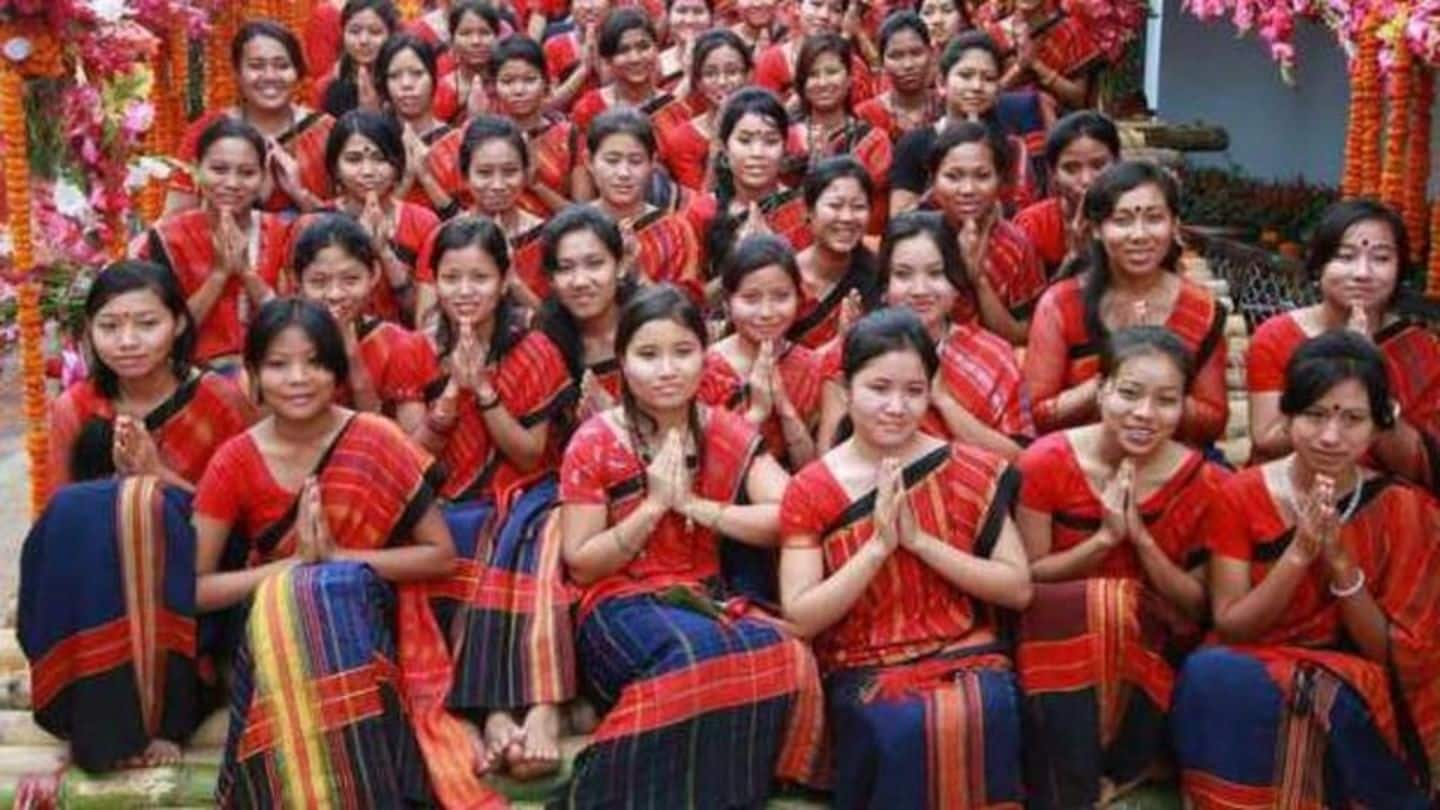
After five decades, Chakma, Hajong refugees may get Indian citizenship
What's the story
The Centre may grant citizenship to the Chakma and Hajong refugees from erstwhile Pakistan (now Bangladesh), who arrived to India almost five decades back and are settled in Arunachal Pradesh.
This decision was reached at a high-level meeting organized by Rajnath Singh and was attended by Arunachal CM Pema Khandu and MoS Home Kiren Rijiju, among others.
What is the Chakma-Hajong crisis? We explain.
Introduction
Who are the Chakma and Hajong refugees?
The Chakmas and Hajongs are from the Chittagong Hill Tracts (CHT), part of erstwhile Pakistan (now Bangladesh).
Chakmas, who are Buddhists, and Hajongs, who are Hindus, faced religious persecution.
In 1963, the Kaptai dam that was built in CHT made them landless overnight, as they didn't receive any compensation.
Consequently, they entered India through Assam's Lushai Hills district (today's Mizoram).
Resettlement
Why were they shifted to Arunachal?
In the 1962 Sino-Indian war, it was observed that Chinese troops ventured into today's Arunachal and returned as they came, making the authorities aware about the border's vulnerability.
PN Luthra, then Assam Governor's advisor, told the government that refugee's resettlement to those areas will help develop the areas that are unoccupied and will strengthen India's frontiers.
Thus, Chakmas and Hajongs were shifted to Arunachal.
1991-2015
When was it decided to award them citizenship?
After Chakmas and Hajongs resettled in Arunachal, they received state subsidies and assistance.
Following liberalization, by a 1991 order, Chakmas and Hajongs stopped receiving subsidies.
However, they approached the National Human Rights Commission (NHRC). The NHRC moved the SC which ordered the government to take care of them.
Their struggle for recognition culminated in 2015 when the SC ordered that they be given citizenship.
Locals
What do the locals feel about this refugee crisis?
The All Arunachal Pradesh Students' Union (APSU) has been pressing the government to not grant the Chakmas and Hajongs citizenship.
They fear that if granted settlement and citizenship rights, these tribes may push the indigenous tribes to a minority and impinge on their opportunities.
Official figures state that the number of these refugees has increased from 5000 in 1964 to 1 lakh at present.
Proposal
What status has the government proposed?
After the 2015 SC order, the government is choosing a "middle ground" where the Chakma-Hajong refugees are granted citizenship and the rights of the indigenous tribes are not affected.
The government is proposing that the refugees not be given land ownership rights, which the Scheduled Tribes in Arunachal have.
Instead, they might be given Inner Line permits, required for Arunachal's non-locals for working.
Future
What is the significance of these events?
MoS Home Rijiju blamed the Congress for this mess claiming that the Congress didn't take the local people into confidence when settling refugees in Arunachal.
Since the BJP is in power at the centre and state, they have an opportunity to resolve this crisis.
However, the government might have to consider the demands of the local groups if they want this problem's permanent resolution.